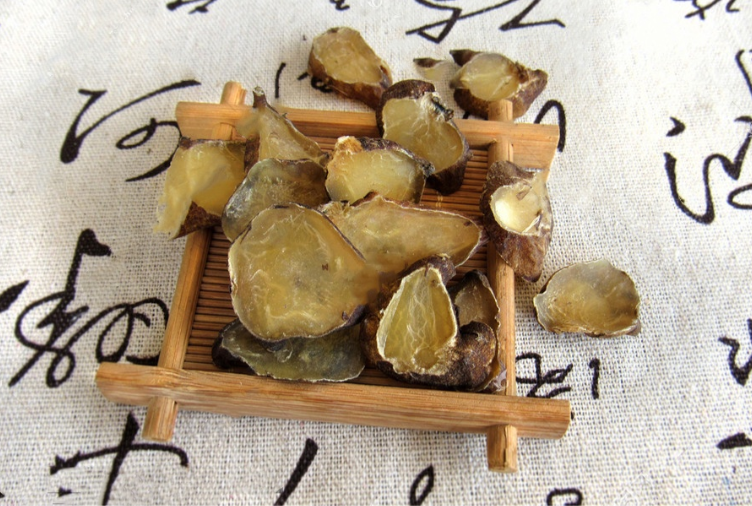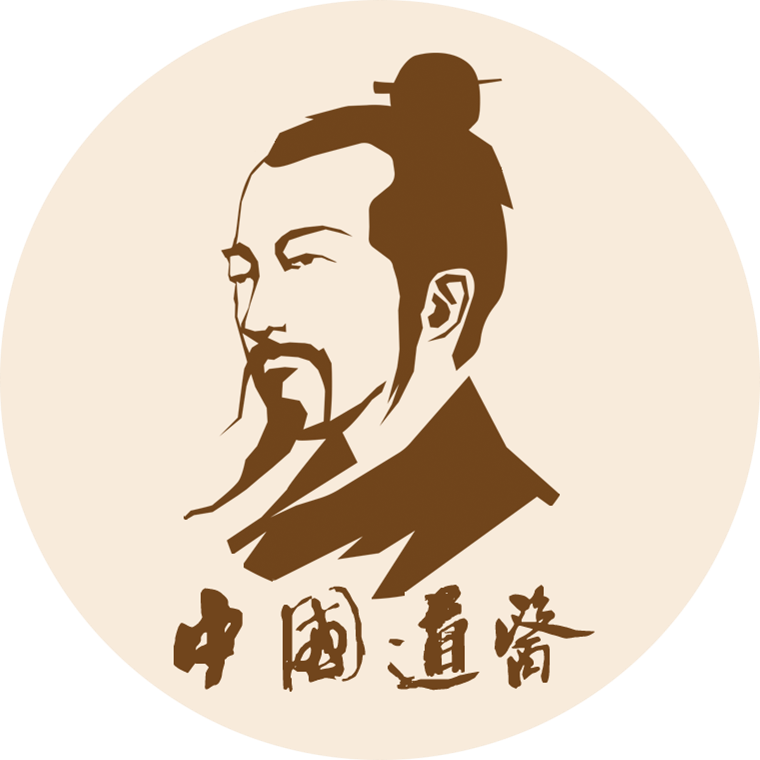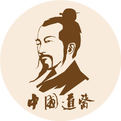
1. Aliases
Ce Zi, Hu Zhang, Shou Bai Fu Zi, Hei Fu Zi, Ming Fu Pian, Diao Fu, Chuan Fu Zi.
2. Plant Morphology
Perennial herb. The main root is spindle-shaped or inverted oval, usually two connected, with several thick lateral roots (child roots) often growing around the main root in cultivated varieties. The stem is erect, 60-150 cm tall, sparsely covered with curved short hairs above the middle, with leaves growing at equal distances and branching. The lower leaves wither during flowering. The middle leaves are alternate; leaf blades are leathery or papery, pentagonal, 6-11 cm long, 9-15 cm wide, with a shallow heart-shaped base, palmately three-lobed or deeply three-lobed near the base, the central lobe often broad rhombic, with a sharp tip, sometimes nearly pinnately divided, the lateral lobes unevenly deeply lobed, the surface sparsely covered with short hairs, and the underside often sparsely covered with short soft hairs along the veins; petioles are 1-2.5 cm long, sparsely covered with short soft hairs. The terminal raceme is 6-25 cm long, with the inflorescence axis and flower stalks densely covered with curved short hairs; small bracts grow at the middle or lower part of the flower stalks; sepals are 5, blue-purple, with short soft hairs on the outside; the upper sepal is high helmet-shaped, 2-2.6 cm high, with an inconspicuous beak, and the lateral sepals are 1.6-2 cm long; petals are 2, hairless, about 11 mm long, with a lip about 6 mm long; slightly concave, with a spur 1-2.5 mm long, usually curled; stamens are numerous, hairless or sparsely covered with short hairs; carpels are 3-5, free. The capsule is 1.5-1.8 cm long; seeds are triangular, 3-3.2 mm long, densely covered with transverse membranous wings on two sides. Flowering period is from June to August, and fruiting period is from August to October.
3. Distribution
Grows in mountain grass slopes, shrubs, and forest edges. Distributed in Yunnan, Sichuan, Hubei, Guizhou, Hunan, Guangxi, Guangdong, Jiangxi, Zhejiang, Jiangsu, Anhui, Shaanxi, Henan, Shandong, Liaoning, and other provinces. Sichuan and Shaanxi are the main cultivation areas, where the main root (mother root) is processed into Chuan Wu, and the lateral root (child root) is processed into Fu Zi.
4. Harvesting and Processing
Harvested from late June to early August, removing the mother root, fibrous roots, and soil, commonly referred to as “mud Fu Zi”. Processed into the following specifications: (1) Select large, uniform mud Fu Zi, wash clean, soak in edible gall water solution overnight, then add salt and continue soaking, taking out and drying in the sun daily, gradually extending the drying time until the surface of Fu Zi shows a large amount of crystallized salt (salt frost) and the texture becomes hard, commonly referred to as “salt Fu Zi”. (2) Take mud Fu Zi, wash clean according to size, soak in edible gall water solution for several days, boil with the soaking liquid until thoroughly cooked, remove, rinse with water, cut into slices about 0.5 cm thick, soak in water, dye the slices with coloring liquid to a dark tea color, steam until an oily surface and gloss appear, then dry until semi-dry or continue drying, commonly referred to as “black shun slices”. (3) Select uniform-sized mud Fu Zi, wash clean, soak in edible gall water solution for several days, boil with the soaking liquid until thoroughly cooked, remove, peel off the outer skin, cut into slices about 0.3 cm thick, soak in water, steam until cooked through, and dry, commonly referred to as “white Fu slices”.
5. Properties of the Medicinal Material
Salt Fu Zi: conical, 4-7 cm long, 3-5 cm in diameter. Surface gray-black, covered with salt frost, with a depressed bud scar at the top, surrounded by tuberous protrusions of lateral roots or root scars. Heavy, cross-section gray-brown, with small voids filled with salt frost and polygonal formation ring patterns visible, with irregularly arranged vascular bundles on the inner side of the ring pattern. Slight odor, taste pungent and numbing, prickling the tongue. Salt Fu Zi: longitudinally cut slices, wide at the top and narrow at the bottom, 1.7-5 cm long, 0.9-3 cm wide, 0.2-0.5 cm thick. Outer skin black-brown, cut surface dark yellow, oily and glossy, semi-transparent, with longitudinal vascular bundles. Hard and brittle, with a waxy fracture surface. Slight odor, bland taste. White Fu slices: without outer skin, yellow-white, semi-transparent, about 0.3 cm thick.
6. Nature and Flavor
Nature is hot, flavor is pungent and sweet, with great toxicity. Enters the Heart, Kidney, and Spleen meridians.
7. Effects and Functions
Revives Yang and rescues from collapse, supplements fire and assists Yang, disperses cold and alleviates pain. Classified as a warming interior medicine.
8. Clinical Applications
Dosage 3-15 grams, first decocted, and cooked for a long time. Used for Yang collapse, cold limbs, weak pulse, insufficient heart Yang, chest obstruction and heart pain, deficiency cold vomiting and diarrhea, cold pain in the abdomen, kidney Yang deficiency, impotence and cold uterus, cold water swelling, Yang deficiency with external pathogens, cold dampness obstructing pain.
9. Pharmacological Research
Cardiotonic; anti-myocardial ischemia; anti-shock; inhibits coagulation and anti-thrombus formation; anti-inflammatory; analgesic; local anesthesia; enhances humoral immunity; stimulates spontaneous contraction of intestinal tubes, inhibits gastric emptying; relieves asthma and relaxes bronchi; has effects against smooth muscle spasms.
10. Chemical Components
Fu Zi contains aconitine, mesaconitine, hypaconitine, talatizine, and dehydro-aconitine, as well as chlorinated alkaloids, iso-aconitine, benzoylmesaconitine, new aconitine, fuzi ning, northern aconitine, multi-root aconitine, deoxy-aconitine, fuzi ting, and other components.
11. Contraindications
Contraindicated in cases of Yin deficiency with Yang excess, true heat with false cold, and in pregnant women. Alcohol should not be consumed while taking the medicine, and it is not advisable to use white liquor as a guide. Should not be used with Ban Xia, Gua Lou, Tian Hua Fen, Bei Mu, Bai Lian, Bai Ji.
12. Compatible Formulas
① For treating vomiting, sweating, fever with chills, and cold limbs: Licorice 60 grams (roasted), Dried Ginger 45 grams, Fu Zi (raw, peeled, broken into eight pieces) one piece. Combine these three ingredients, boil with three liters of water, and reduce to one liter and two deciliters, strain and take warm. (From “Shang Han Lun” Si Ni Tang)
② For treating children’s diarrhea: Fu Zi 15 grams, He Zi fruit 30 grams, Zao Xin Tu 30 grams. Grind into powder. Form into pills the size of millet, taken with clear rice soup. (From “Deng Shen Chuan Xin Lu” Fu He Wan)
③ For treating vomiting and stomach reversal: One large Fu Zi, one piece of fresh ginger (finely shredded). Boil and grind into a paste, taken with rice drink. (From “Experience Formulas”)
④ For treating Yin deficiency toothache: Grind raw Fu Zi into powder, mix with saliva and apply to the soles of the feet, extremely effective. (From “Hua Tuo Shen Yi Mi Chuan”)
⑤ For treating stroke with cold limbs: Raw Fu Zi 0.3 grams, Mu Xiang 0.15 grams. Grind finely, take 1.5 grams each time, with two slices of ginger, decoct and take. (From “Pu Ji Fang” Fu Zi San)






Daoist Medical Video Account
⊙ The content of this article is for clinical reference only; non-TCM professionals should not attempt to use the herbs.
⊙ Some images and texts are sourced from the internet; please contact us for removal if there is any infringement.
⊙ For Daoist medical consultation, add WeChat ID: daojiaox
⊙ For submissions and collaborations: [email protected] (original submissions are welcome)
Selected Articles
❶ This year’s end of summer is unusual; the autumn tiger is dangerously fiery, and health preservation needs to prevent autumn dryness, strengthen the spleen and stomach, and replenish central Qi, maintaining a good mindset!
❷ To reduce illness in autumn, focus on unblocking this meridian to prevent major and minor diseases!
❸ How to guard the orifices during meditation? Doing it incorrectly can harm your practice!
❹ The life-saving pathway of the human body, one point connects seven meridians! Regularly rubbing here can prevent and treat colds, regulate wind dampness, and eliminate wealth bumps!
❺ Ancient TCM formulas can enhance the efficacy of chemotherapy and radiotherapy while reducing their toxic damage to the body!
❻ Daily learning of Chinese herbs: Ming Dang Shen!
❼ Waking up early is life-saving! Those who persist in waking up early will experience this miraculous change!
❽ A powerful formula that can treat cervical spine issues, lumbar spine issues, and even knee and heel problems!
❾ Zhong Lü Dan Dao Zhuang Gong: Accumulating for over a hundred days, the effects are immeasurable, compared to taking medicine, its power is a hundredfold!

 Scan to Follow Daoist Medicine
Scan to Follow Daoist Medicine
Here, there are no chicken soup, folk prescriptions, rumors, or advertisements, only reliable Daoist health preservation knowledge.


